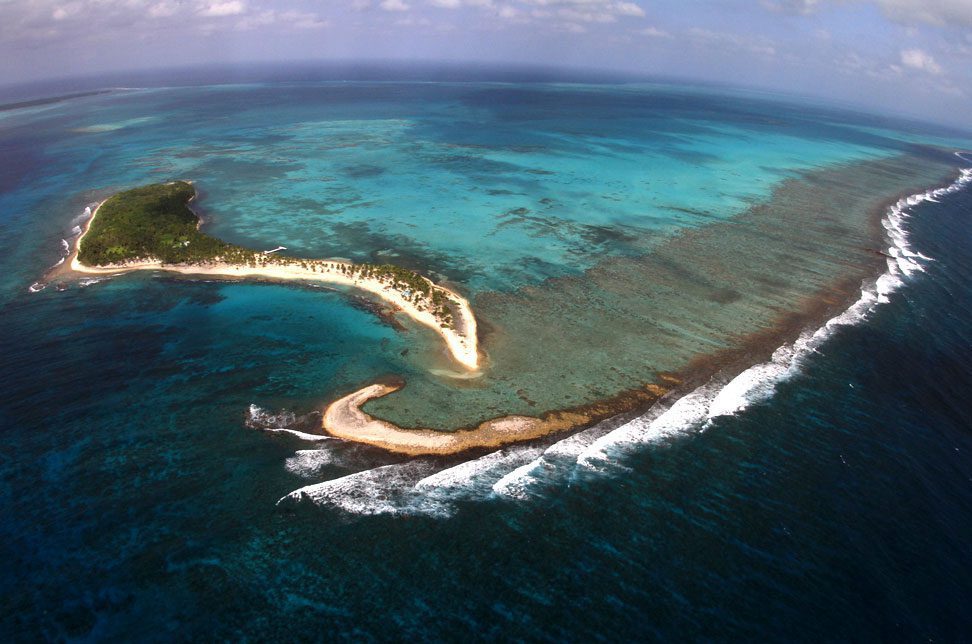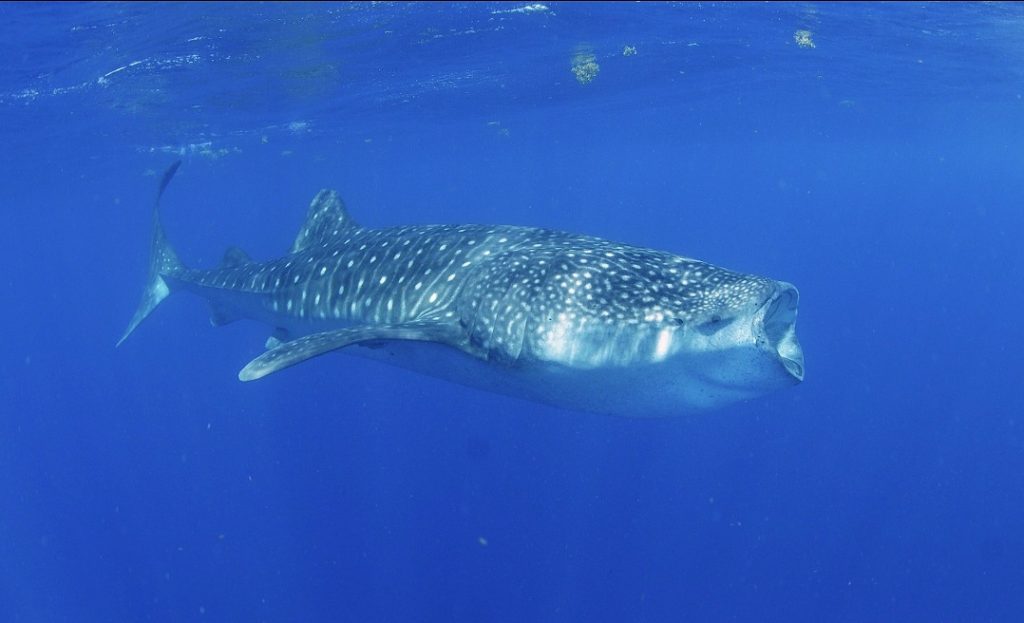Marine Protected Areas (MPAs) are increasingly used as a management tool and are considered a spatial management unit used to prohibit or restrict fishing or other destructive activities within a defined area. Although selected MPAs are fully protected, prohibiting fishing or any removal of marine wildlife, others enable multiple uses including recreational or artisanal fishing while restricting certain gears, such as nets and longlines. An MPA is often established to protect a culturally or socially important site, specific species or habitats, or important life-history stages of marine organisms. Despite often being narrowly defined, MPAs can have a protective effect on multiple species and taxa. However, much of the effectiveness of an MPA depends on leadership as well as the size, age, enforcement, remoteness and goals of the management area.
We are interested in testing the effectiveness of MPAs for marine megafauna, and especially highly mobile species such as sharks and rays. Studies have shown that MPAs with strong enforcement can have very positive effects on populations of site-faithful sharks. However, for many highly migratory species, an MPA might only protect individuals for a portion of their life-cycle.
We have now found that in several Caribbean countries, the abundance of sharks and rays is not necessarily higher inside an MPA. This begs the question: is there a type of MPA that can be effective for protecting mobile sharks and rays?
We believe that this is dependent on the organism, and that managers should focus on broader scales and a place greater onus on developing compliance to enable effective management. Rather than restricting fishing for specific species, much greater impacts can be made by prohibiting – or better yet – incentivising a move away from destructive fishing practices. By restricting gears such as longlines and gillnets, not only will sharks be better protected, but so will turtles, corals, and other reef-associated finfishes including herbivorous and recreational fish that are protected in Belize. In short, fishing effort is made more equitable and the ecosystem can be protected without completely restricting access to fishing grounds.


